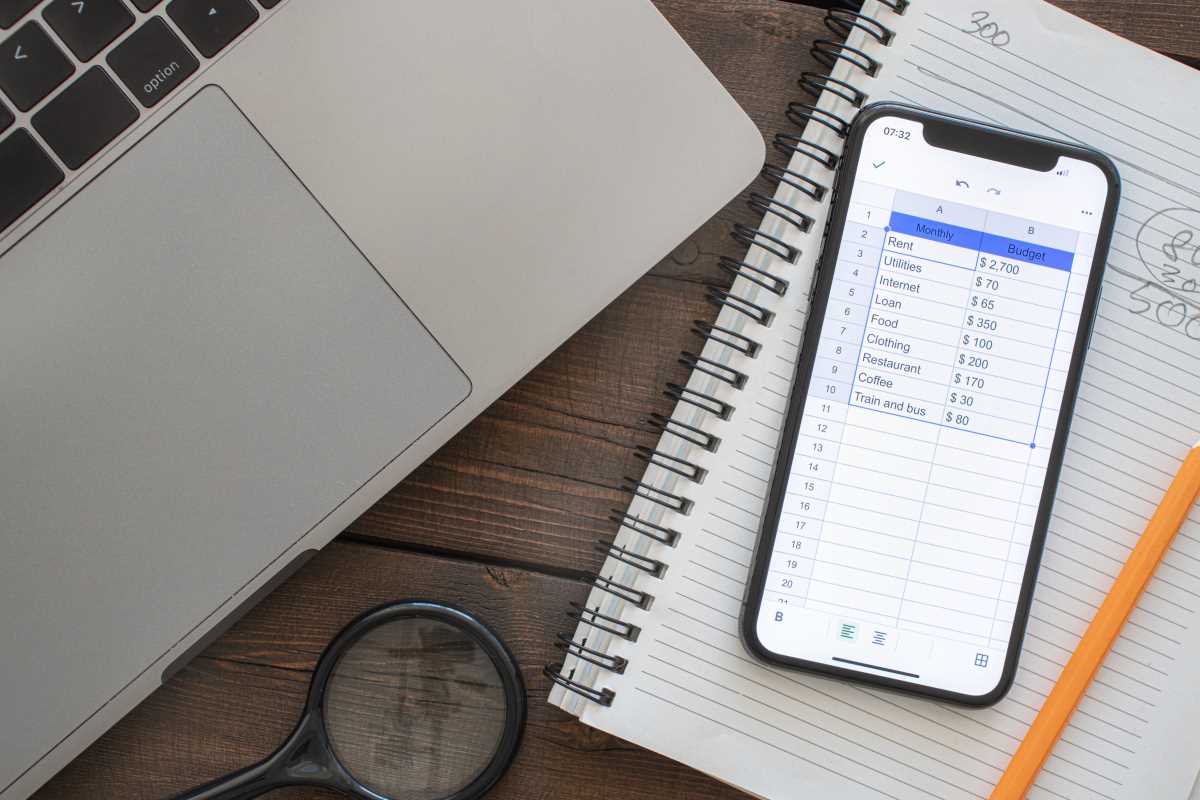Building your own path offers a sense of freedom and lets you shape your workday, yet it often comes with unexpected financial challenges. Balancing client meetings, ongoing projects, and growing your personal brand can leave little time to think about the less obvious costs that come with being self-employed. Learning about your tax responsibilities from the beginning allows you to manage your income more effectively and prevents costly surprises or missed deadlines. Staying informed about these details can make a big difference, helping you keep your business running smoothly. You can take charge of your finances with a few straightforward steps and some simple guidance along the way.
Clearer Views on Freelance Tax Readiness
- Seeing estimated taxes as an opportunity: Instead of dreading quarterly payments, treat them as checkpoints that help you track earned income. By breaking your annual tax bill into smaller installments, you can monitor cash flow and adjust billing rates if you notice gaps in payments or unexpected expenses.
- Turning record-keeping into a pulse check: Logging receipts and expenses isn’t just for your accountant. It reveals spending patterns on software subscriptions or travel that you might cut back on. These insights keep you alert to budget leaks and reinforce a habit of tracking every deduction.
- Developing a proactive tax mindset: A habit of quick monthly reviews of income and expenses builds confidence and reduces anxiety about looming payments. When you see a dip in client work or a surge in materials costs, you can adapt earlier rather than scrambling at year’s end.
- Protecting your social safety net: Setting aside a buffer for self-employment tax contributions ensures your eligibility for future benefits such as retirement credits or Social Security. Making small regular allocations gives you peace of mind and helps you avoid the shock of a large lump-sum bill.
- Incorporating tax planning into your invoices: Add a brief line item estimating tax withholding so clients understand why your rates reflect more than just hours worked. This transparency makes conversations clearer and reduces follow-up questions about adjustments later.
- Checking for hidden penalties: Late or underpaid taxes can trigger fees and interest. Embedding a quick calendar reminder for each quarter helps you treat tax surprises as avoidable hiccups instead of year-end dread.
Step-By-Step Tax Planning Tools and Techniques
- Expense-Tracking App Setup
- Purpose: Keeps receipts organized and reduces data entry at quarter’s end.
- Steps:
- Download an app compatible with both mobile and desktop devices.
- Categorize each expense as soon as it occurs by snapping photos of receipts.
- Sync with your bank account for automatic transaction matching.
- Cost: Many free tiers exist; paid versions around $10 per month for advanced reporting.
- Insider Tip: Create custom categories for recurring costs like software or coworking fees so your summary reports highlight your biggest deductions.
- Quarterly Tax Calculator
- Purpose: Prevents a large tax bill in April.
- Steps:
- Enter year-to-date income and expenses into the calculator.
- Update your tax bracket or self-employment tax rate as regulations change.
- Adjust savings contributions if the estimate exceeds your cash buffer.
- Availability: Free options from government sites or low-cost templates under $5.
- Insider Tip: Round up your income estimates by 5% to build a cushion for underreporting risk.
- Savings Schedule Template
- Purpose: Helps you accumulate enough for taxes and emergencies.
- Steps:
- Decide on a fixed percentage of each invoice (often 25–30%).
- Automate transfers into a separate high-yield savings account right after payment clears.
- Review transfers quarterly to rebalance if your income fluctuates.
- Cost: Typically free, though interest rates vary by institution.
- Insider Tip: Label the savings account clearly (e.g., “Tax Fund”) to prevent accidental spending.
- Professional Review Session
- Purpose: Uncovers little-known deductions like home-office costs or vehicle mileage allowances.
- Steps:
- Compile a summary of income, expenses, and business structure details.
- Meet virtually or in person for a focused review.
- Implement any recommended changes to bookkeeping or accounting software immediately.
- Cost: $100–$200 for a single session.
- Insider Tip: Ask your advisor to outline simple bookkeeping rules for the next six months so you stay on track.
- Automated Invoice System
- Purpose: Streamlines cash flow and ensures you collect the revenue you need for taxes.
- Steps:
- Set up client profiles with billing schedules and payment terms.
- Customize reminders that trigger if a payment remains unpaid after a set period.
- Link the software to your bank or payment processor for real-time status updates.
- Cost: Free plans available; premium features around $15 per month.
- Insider Tip: Include a short note about upcoming self-employment tax obligations to inform clients early.
Common Mistakes and How to Steer Clear of Them
Avoid late filings by setting calendar alerts and reminders well before deadlines. Keep business and personal finances separate to simplify accounting and protect deductions. Start retirement contributions early, even in small amounts, to benefit from compound growth. Finally, plan for state taxes and forecast expenses to prevent cash flow surprises. With consistent tracking and smart planning, you can focus more on your work and less on financial stress.







